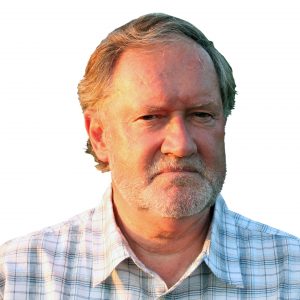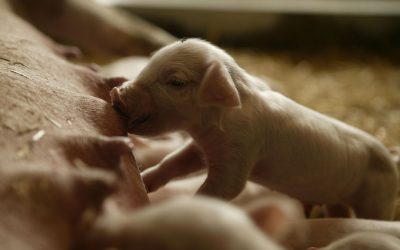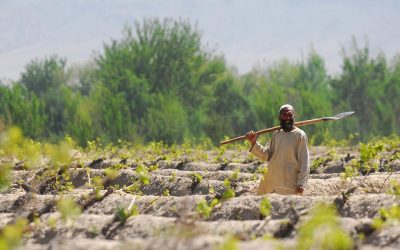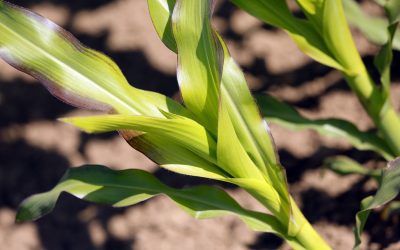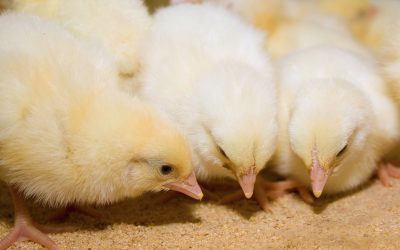Belgian feed production down by no more than 3%
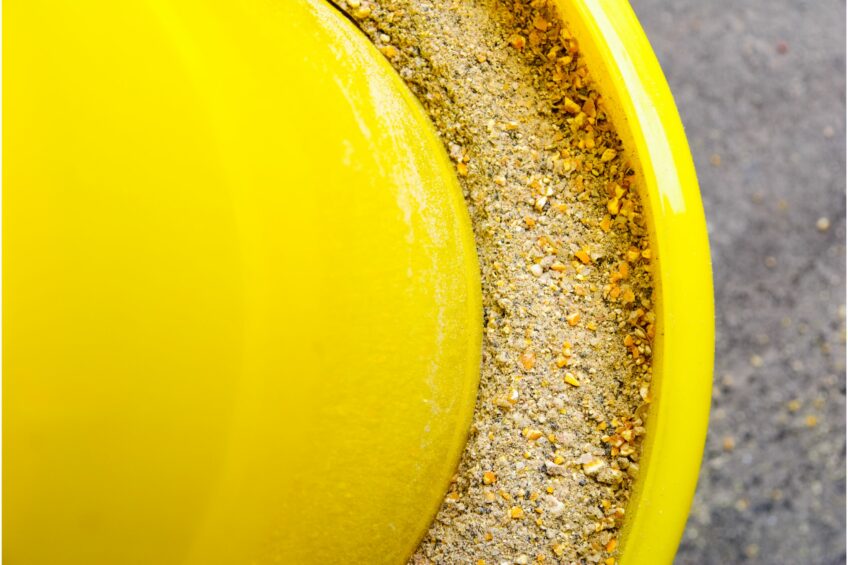
Despite a number of problems in the Belgian livestock industry, such as a continued uncertainty about new and stricter nitrate restrictions, unfavourable weather conditions and difficult markets, the production of animal feed in 2023 was only down by 3% compared to the previous year.
Members of the Belgian Feed Association produced some 6.5 million tonnes, the organisation said in its annual report.
While the production of cattle feed declined by a mere 0.2%, pig feed fared worst with a 7% fall. On the other hand, poultry feed showed an increase of 3% compared to 2022 when Belgium, like other European countries, was hit by a number of outbreaks of avian influenza.
Belgium still a top producer
With these production figures, Belgium remains 7th on the list of largest animal feed-producing countries in the EU, notes that Belgian Feed Association. The country exported some 1.3 million tonnes, most of which went to France and the Netherlands, while imports of animal feed stood at 1.7 million tonnes.
“2023 was a year of contradictions,” resigning Belgian Feed Association chairman, Dirk van Thielen, said. “The sector faced many challenges because of the effects of the various crises in the world, the increase of production costs, a growing demand for sustainable feed solutions, climate change and the policy with regard to nitrate and CO2 emissions. For farmers, it was a good year with good or even excellent prices for agricultural products. In some sectors, that was highly needed to compensate the losses of previous years,” he added.
Sustainability, the environment and climate
Belgian feed producers are not just focused on the production of safe and high-quality animal feed but also on sustainability, the environment and the climate, the report stated. To support its members, the organisation took a number of initiatives, such as a collective engagement to reduce the methane emissions of cattle as well as a sector-wide programme for monitoring and reducing the CO2 footprint.
Furthermore, the share of antibiotics added into animal feeds decreased further and is now 88% lower than in 2011. A new initiative has been started to map and reduce the energy consumption of feed producers.
“The nitrate problems, environmental and climate demands, the ageing population in the agricultural sectors and the lack of a clear future perspective all contribute to a decrease in the number of Belgian livestock. This downward trend is, not unsurprisingly, visible in the feed industry too. Nevertheless, we continue to believe in a positive future for our sector,” managing director, Katrien D´hooge, concludes.


